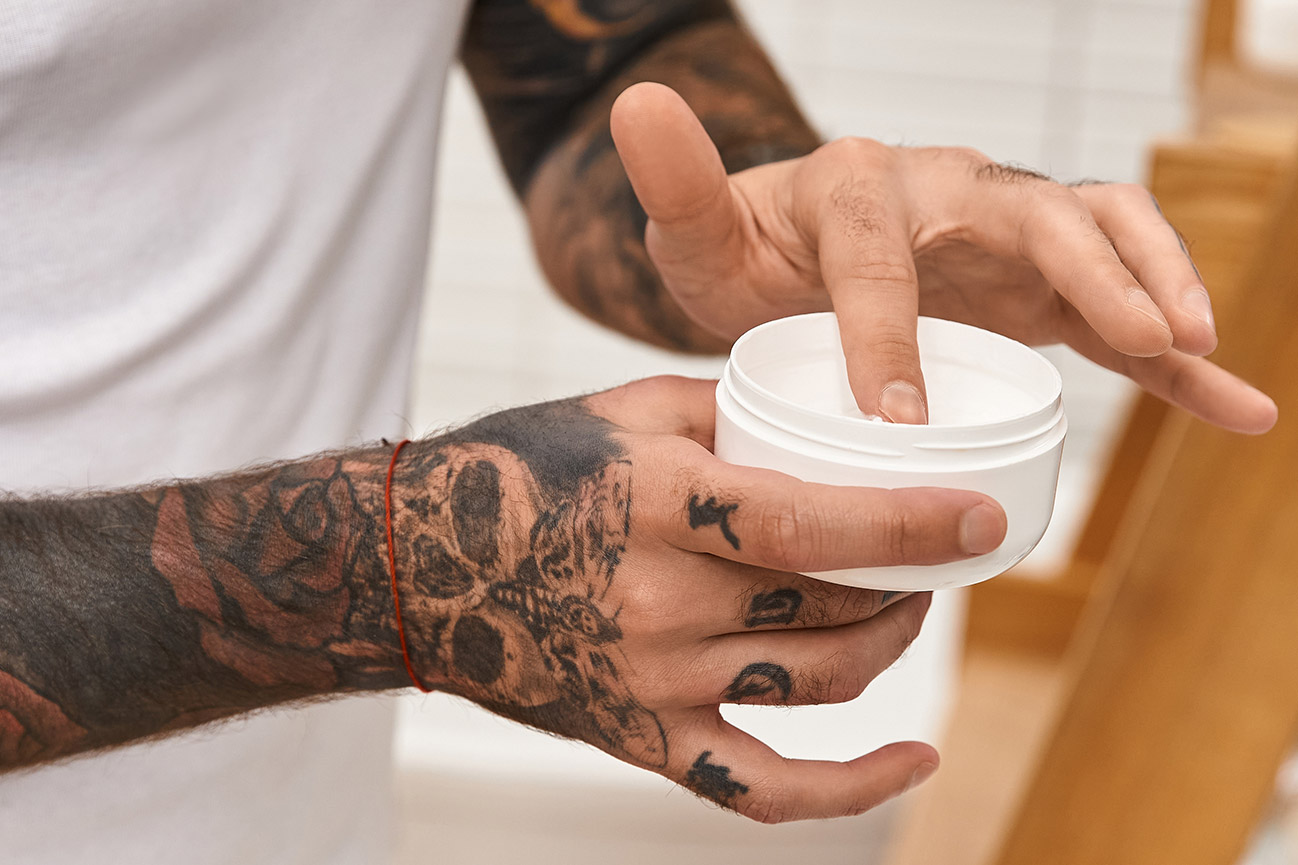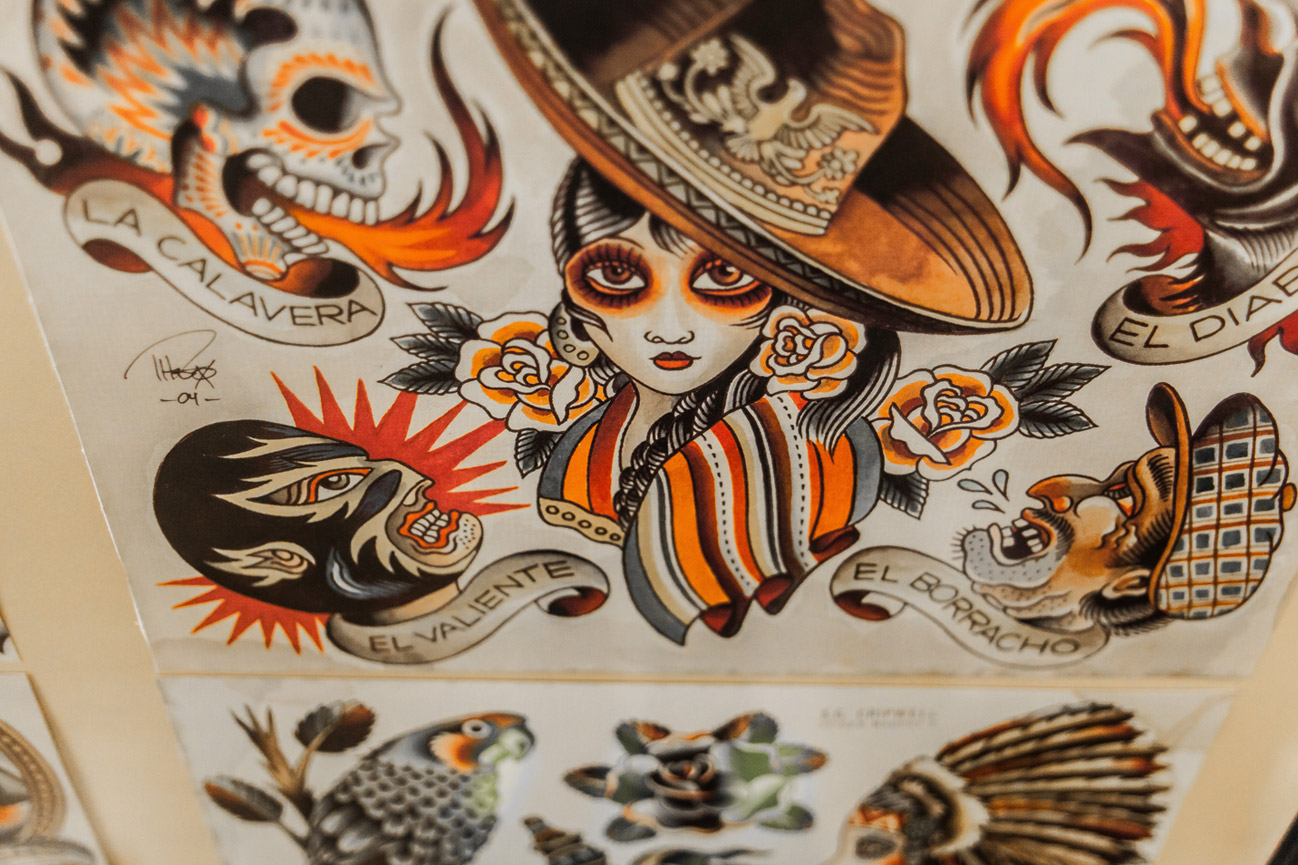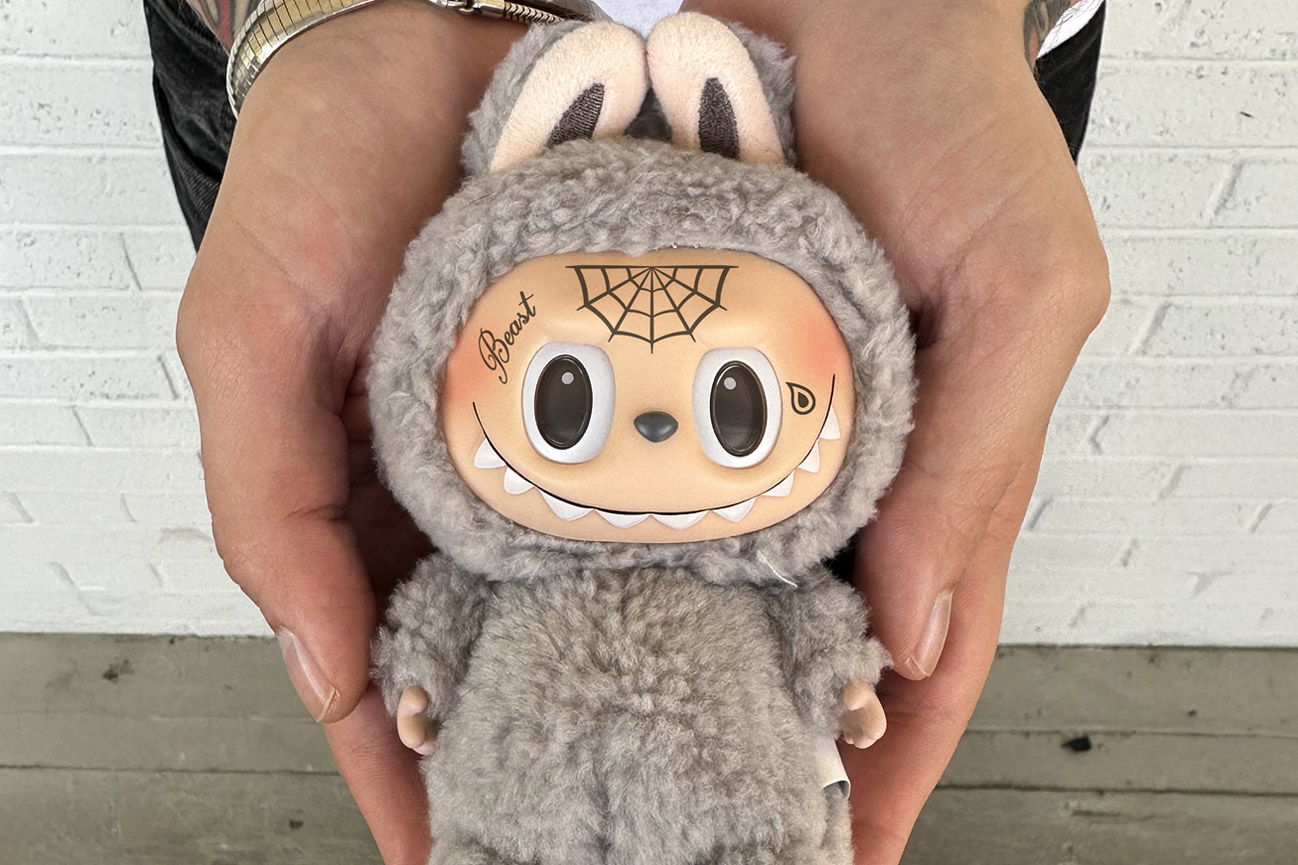Introduction to Numbing Cream and Tattoo Pain
Getting a tattoo can be an exciting, sometimes nerve-wracking experience. For some, the feeling of every needle poke is a big part of the process, a unique sensation that connects them to their new art. For others, the pain can be overwhelming or distracting. Numbing cream offers a way to ease that discomfort and help you relax during your session. Before you decide to use it, there are a few important things to consider to make sure it works well for you and doesn’t cause any surprises for your artist.
What Is Numbing Cream and How Does It Work?
Numbing cream is a topical anesthetic designed to temporarily reduce sensation in the skin. It usually contains active ingredients like lidocaine or benzocaine that block nerve signals from the area where it is applied. This numbs the skin surface so that tattoo pain is less intense or sometimes even unnoticeable.
While numbing cream can help with tattoo pain relief, it does not make the entire tattoo process painless. Some clients still feel pressure, vibrations, or slight discomfort during deeper needle work. The effectiveness can vary based on the cream used, skin type, application time, and the tattoo area.
How Numbing Cream Affects the Tattoo Process
Using numbing cream before your tattoo session requires some planning and communication with your artist. Here are some key points to understand:
- Tell your tattoo artist before your appointment if you plan to use numbing cream. This is essential so they can adjust their technique and timing accordingly.
- Numbing cream can slightly alter the texture and hydration of the skin, making it softer and sometimes a bit slippery. This can affect how the needle penetrates and how well the ink is deposited.
- Because the skin is numbed, you may not feel early warning signs of irritation or overworking in an area, which can increase the risk of trauma or swelling.
- Some artists prefer to apply numbing cream themselves to control timing and amount. This helps ensure the cream has absorbed correctly and is effective without interfering with the tattoo.
- It is important to apply the cream as directed on the package and avoid overuse, which can cause skin irritation or allergic reactions.
Potential Impact on Tattoo Healing
Many people wonder, does numbing cream affect tattoo healing? The answer is yes and no.
- When used correctly, numbing cream should not significantly impact the healing process. It is a topical application and does not affect the ink or the deeper skin layers where the tattoo is placed.
- However, if the cream causes irritation, redness, or an allergic reaction, it could complicate healing. Skin irritation might increase swelling, prolong scabbing, or even lead to infection in rare cases.
- Overusing numbing cream or applying it right before tattooing without allowing the skin to absorb it can lead to excess moisture on the skin surface. This might make it harder for the tattoo artist to work cleanly and could affect how the ink sets.
Tips for Using Numbing Cream Safely and Effectively
If you decide numbing cream for tattoos is right for you, follow these guidelines to get the best results without causing problems:
- Discuss with your tattoo artist beforehand. Let them know if you plan to use numbing cream so they can prepare and give you advice on timing.
- Choose a reputable product. Look for numbing creams made for tattoo or medical use, not generic topical anesthetics.
- Follow instructions carefully. Apply the recommended amount and wait the advised time (usually 20-30 minutes) before your session.
- Avoid applying on broken or irritated skin. Numbing creams should only be used on clean, intact skin to reduce the risk of complications.
- Do not rely solely on numbing cream for pain relief. Remember that tattooing involves multiple sensations. Mental preparation and breathing techniques can also help manage discomfort.
- Avoid overusing numbing cream. Excessive application can cause skin damage or allergic responses.
- Keep your skin hydrated and moisturized before your appointment. Healthy skin takes ink better and heals faster.
Common Myths About Numbing Cream and Tattoos
There’s a lot of confusion about numbing creams when it comes to tattooing. Let’s clear up some common myths with straightforward facts.
Myth: Numbing cream completely eliminates all pain.
Fact: Numbing cream reduces surface sensation but doesn’t remove all pain. Tattoo needles reach deeper skin layers, so you’ll still feel some pressure or prickling, which helps both you and your artist know everything’s on track.
Myth: Any numbing cream is safe for tattoos.
Fact: Not all creams are made for tattoos. Some over-the-counter products can irritate skin or interfere with ink. Use only creams designed for topical anesthesia and check with your artist before applying.
Myth: Using numbing cream will ruin your tattoo.
Fact: When you communicate with your artist and apply it properly, numbing cream won’t harm your tattoo’s quality. Your artist may adjust their technique slightly to account for any mild skin reactions.
Myth: You can apply numbing cream during your session for instant relief.
Fact: Numbing creams need about 20–30 minutes before your session to work. Applying it mid-session won’t help and might interfere with the tattoo process.
If you’re unsure about how to use numbing cream properly, talk to your artist before your appointment. A little planning goes a long way in making sure it actually works, and doesn’t cause issues during your tattoo appointment.
Talking to Your Tattoo Artist About Numbing Cream
Thinking about using numbing cream? Don’t just show up with it. Talk to your artist first. A quick conversation can set the tone for a smoother, more comfortable tattoo session. Here’s how to bring it up and what to expect:
Mention It Early
Let your artist know ahead of time, either when you book or during your consultation. Don’t wait until you’re already in the chair. Giving them a heads-up allows time to talk through how numbing cream might affect your tattoo and plan accordingly.
Ask About Their Experience
Some artists work with numbed skin regularly. Others don’t love it. Either way, it’s better to know their preferences before you apply anything. Their insight might influence how (or if) you use it.
Be Honest About Pain Tolerance
There’s no prize for sitting through pain you don’t need to. If you’re anxious about discomfort, let them know. They may have suggestions or tips that help, even without cream.
Follow Their Guidance
Your artist might recommend a specific product or suggest applying it a certain amount of time before your appointment. Trust their expertise. They’re working with your skin too, not just the design.
Bottom line:
Using numbing cream doesn’t have to complicate your session, but it does need to be part of the conversation. Your artist’s job is to create something lasting and clean, and they’ll be able to do that best when they know what your body might be feeling. Being upfront helps them help you, and that kind of teamwork makes for a way better tattoo experience.
Final Thoughts: Numbing Cream
Pain is part of the tattoo process, but that doesn’t mean you have to tough it out if you don’t want to. Numbing cream can make sessions more manageable for many people, especially during longer appointments or on more sensitive areas. Just make sure to use it responsibly, follow directions, and always keep your artist informed.
At the end of the day, the goal is the same: a tattoo you’re proud to wear and an experience that feels good from start to finish.




